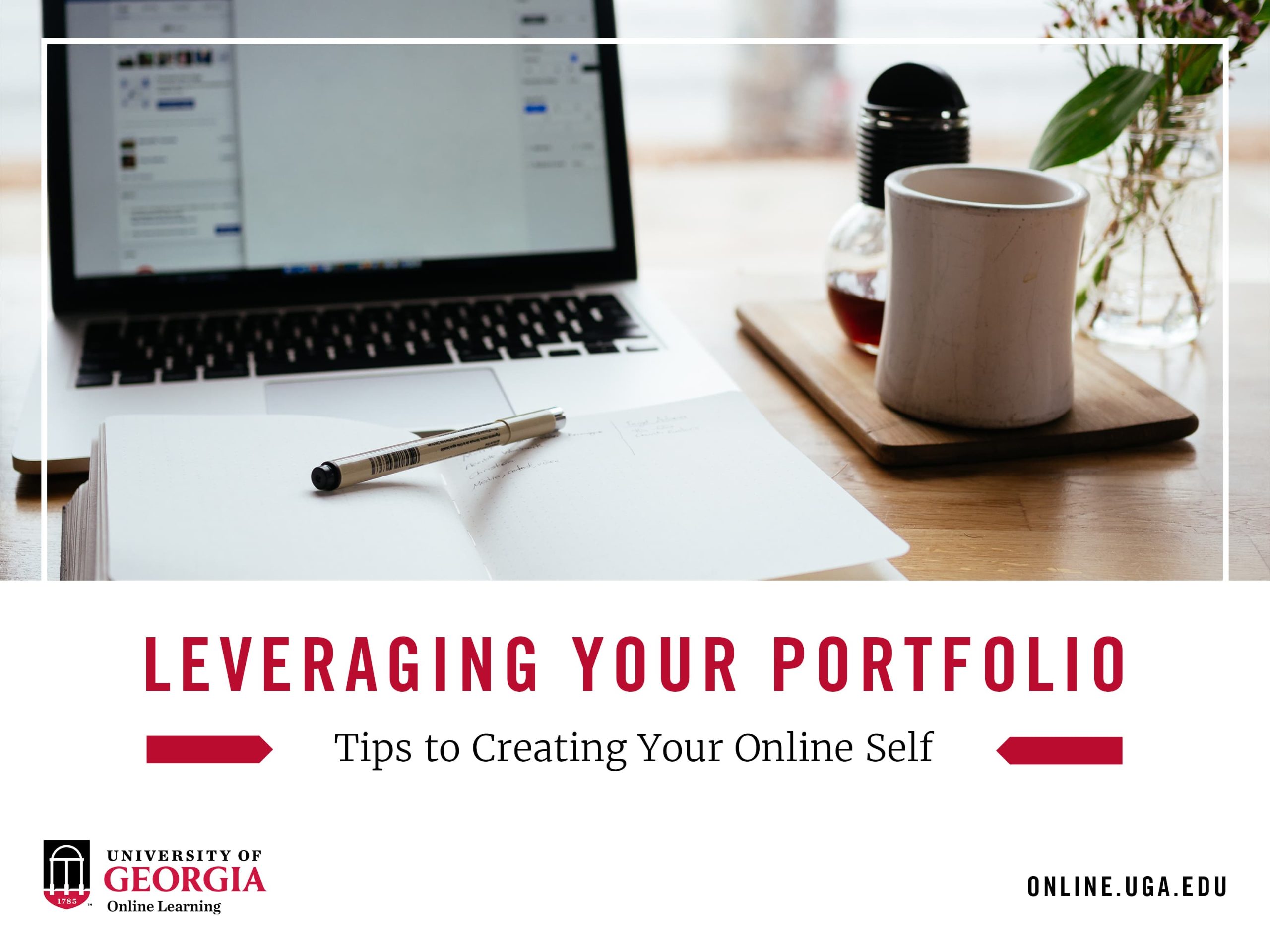Leveraging Your Portfolio: Tips to Create Your Online Self
Leveraging Your Portfolio: Tips to Create Your Online Self
With technology and social media moving at a rapid pace, it’s now more important than ever to have an online presence. This can take the form of an online portfolio, a blog, or even a simple website with a short bio and your resume. Most employers research you online and it’s important to brand yourself and be professional. Here are four tips to creating an online portfolio that will surely grab people’s attention, but still be professional.
Only include your best work
A common misconception about your online portfolio or website is that you need to include everything that is relevant. In fact, it’s quite the opposite. Before putting content on your website, take a step back and curate the best and most relevant content. While it’s great to include many pieces, it’s also good to not overwhelm the visitor to your site. Limit your work to your best five to eight projects to showcase your skills. If you don’t have any relevant work, create a project for a fictitious client or work you’d like to do in the future.
Create a unique bio
You want visitors to your site to get a sense of who you are. Don’t just list out accolades or job titles, let people get to know you. What your hobbies? Where have you lived? Do you like to travel? Use this space to showcase your personality. Below this bio, go into your portfolio “rundown.” Include your name, a photo of you, your contact information and a brief professional summary of your current occupation and your future goals. Keep it professional and not too informal. Show employers your personality!
Design a visually appealing portfolio
Even if you’re not a graphic designer, there are ways to create a visually appealing portfolio. Many websites have templates already laid out where you just input information. Utilize free websites like Wix and Weebly. If you’re needing to make your work into graphics, you can use Canva for free and add pops of color in your projects. Remember to keep it simple, clean and don’t overwhelm the reader with graphics.
Keep your portfolio updated
As you have new work, replace some older pieces on your site. When you have a career change, make sure you note it in your bio and professional rundown. Most importantly, make sure you’re keeping your skills up to date. As you learn new software, include it! If you’ve improved your public speaking skills, note that! Always keep it as current as possible. You never know who’s looking at your portfolio for potential opportunities. Also update your life goals and aspirations for the future.
